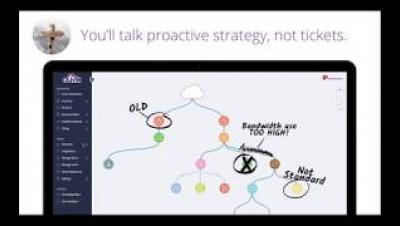Operations | Monitoring | ITSM | DevOps | Cloud
Networks
The latest News and Information on IT Networks and related technologies.
Simplifying security auditing, part 5: Detecting network attacks
Anyone trying to access resources in your network needs to interact with your network devices: firewalls, routers, switches, and IDS/IPSs. Each of these devices generate syslogs that contain important security information and must be audited to gain complete visibility into the activities occurring in your network. Most SIEM solutions, including our own Log360, can collect and analyze syslogs in real time and instantly alert security teams if any security event of interest occurs.
LPWAN as a communication base for IoT
LPWAN (Low Power Wide Area Network), also known as LPWA or LPN, is a wireless data transport protocol that is now understood as one of the basic protocols for the implementation of IoT. In order to have a better idea of the relevance of LPWAN we can consider the prediction made by statisca.com of a steady increase in the number of LPWAN devices connected around the world, expecting this number to reach around 3.5 billion devices by 2021.
Auvik Use Case #2: Automatically Acquiring Network Inventory
MSPs Face Highly Fragmented Network Hardware Market
Managing Network Vendor Diversity: The MSP Challenge
Own the Network
Network Ops: Bigger and Badder Than Ever
Feature Spotlight: TCP/UDP Checks
We live in an incredible global economy where workers from all over the world pitch in to complete major products, develop new technology, and change the world. Here at Uptime.com, our workforce is spread across the globe, and we know many of you reading probably have a similar setup. The benefits of hands on a website at all hours of the day are numerous, so long as connectivity remains alive and well. That’s where a TCP/UDP Check provides immeasurable value.











